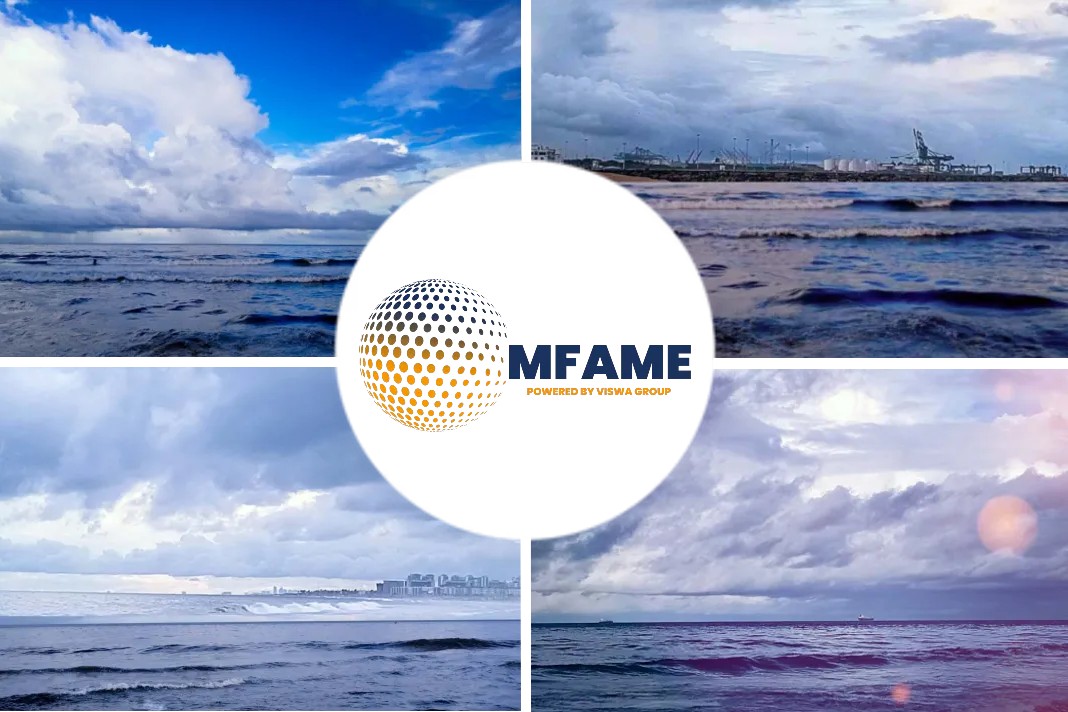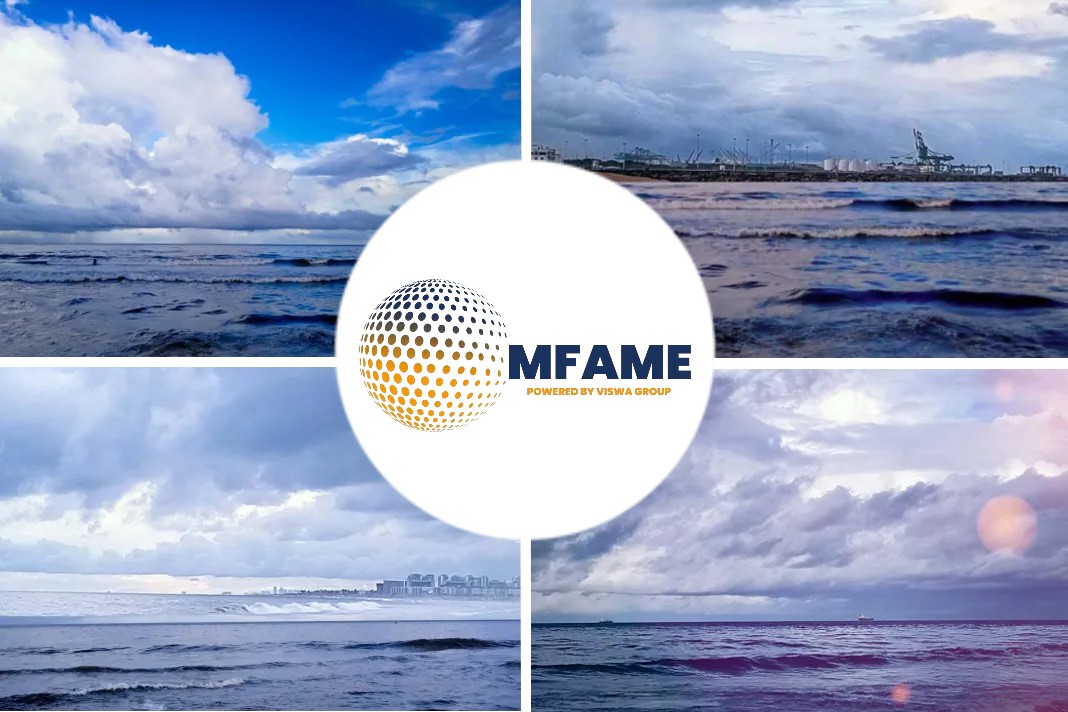Another AET-managed ship, the Singapore-registered Eagle Kuching (60,379grt), left Sullom Voe with a similar-sized cargo on the evening of 23 November. Today, (27 November) Eagle Kuching is still ‘waiting for orders’ in the approaches to Lerwick Harbour, between the Isle of Noss National Nature Reserve and the RSPB reserve on the island of Mousa, reports Shetland News.
Precautionary Areas
Both ships entered and stayed inside a ‘Precautionary Area’ where mariners are advised that they are likely to meet “large, deep-draught vessels of limited maneuverability”.
The Precautionary Areas were designed to allow large ships to approach the tanker port of Sullom Voe and the Lerwick cruise ship anchorage in Bressay Sound.
As the enclosed chart shows, the Precautionary Areas on the north-western and south-eastern coasts of Shetland are different from the ‘Areas to Be Avoided’ (ATBAs) covering the remainder of our coastline, where vessels of more than 5,000 gross registered tonnes carrying oil or other hazardous cargoes in bulk should stay at least 20 miles offshore.
Precautionary Charts unexplained
The notes to the official charts, approved by the International Maritime Organisation (IMO) say the ATBAs are there “in order to avoid the risk of oil pollution and severe damage to the environment of Shetland”.
Exactly how this risk might become less severe when a ship crosses the line between an ATBA and a Precautionary Area is not explained on the charts, nor by the Maritime and Coastguard Agency (MCA) or the IMO.
‘Advisory Only’ areas
According to Shetland Islands Council, the port authority for Sullom Voe, the Precautionary Areas are “advisory only” and the one where the Eagle Bintulu spent two months as a floating oil storage facility is “far less explicit” than the others and “exists only for the purpose of ship’s routing”.
But the ship could not have been ‘routed’ to Lerwick, as she didn’t enter Lerwick port limits at any time in the two months she spent just outside them, and in any case, Lerwick is not a crude oil discharge port. If you are confused by this, so am I and so, it appears, is the council’s harbor board.
The words in quotation marks above are from a somewhat condescending reply the harbor board sent me when I asked last week if they intended to ban the ship from the port of Sullom Voe for breaching regulations agreed between the council and the oil industry in 1979.
According to the harbor board, “the Eagle Bintulu has not been found to have breached any regulation” but both the council and the terminal owners “will continue to monitor the activities of all vessels calling at Sullom Voe Terminal and uphold the high standards we have maintained throughout”.
Accidents can happen to any ship
The ships using the area between Noss and Mousa as a floating tank farm are from all accounts well-maintained and well-managed. These are not rustbuckets like the Braer. The Eagle Bintulu is a fine vessel, only a year old, and one of the new dual-fuel tankers using LNG as well as fuel oil. The Eagle Kuching is run by the same reputable management company, whose website declares its commitment to protecting the environment.
That is not the point. Accidents can happen even on good ships. Exxon Valdez was a good ship, apart from her negligent master who allowed the third mate without a pilotage certificate to steer her through Prince William Sound, Alaska, on Good Friday 1989.
Demand Action
It seems that the law urgently needs changing, to make more ‘explicit’ what can and cannot happen in a Precautionary Area. While we are waiting (for a decade or so, on a past form), the council could do something now.
Councilors keep demanding ‘more autonomy’ but they do not appear to be using the powers they already have, to protect the shoreline of ‘The Shetland Sea’ and the seafood businesses that will depend on it long after the oil industry is just a lingering bad smell.
Did you subscribe to our daily newsletter?
It’s Free! Click here to Subscribe!
Source: Shetland News























